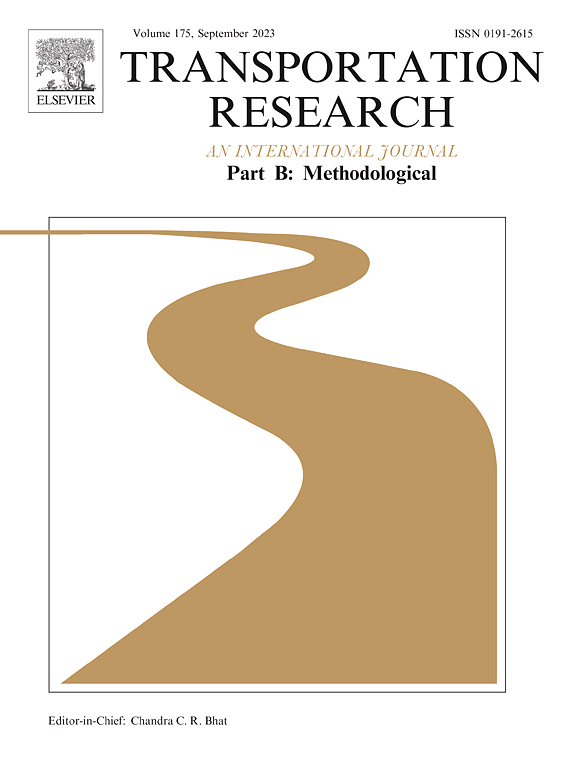Fostering the connectivity on thin routes: Should regional airlines cooperate with network airlines or with local governments?
IF 6.3
1区 工程技术
Q1 ECONOMICS
引用次数: 0
Abstract
This paper constructs two-stage Nash Bargaining models to examine two types of capacity purchase agreements (CPAs) for regional airlines: one with a local government and one with a network airline. The study compares the impacts of both CPAs on airline profits, consumer surplus, and social welfare. The results show that within a specific bargaining parameter range, both CPAs increase airline profits and net consumer surplus in small regional markets compared to the scenario without a CPA. However, these agreements may reduce consumer surplus in the trunk market. The social welfare levels under both CPAs are higher than in the case of no CPA. In comparison to the local government CPA, the network airline CPA results in lower profits for the network airline but higher profits for the regional airline. Additionally, the network airline CPA leads to lower consumer surplus in both the trunk and the regional markets, as well as reduced overall social welfare across the network. The model is further extended to incorporate flight frequency as a decision variable after CPAs are finalized. In this case, the network airline CPA can outperform the local government CPA in regional consumer surplus and network-wide social welfare when the regional airline faces high frequency-specific operational costs.
促进薄航线互联互通:支线航空公司是与网络航空公司合作,还是与地方政府合作?
本文构建了两阶段纳什议价模型,研究了区域航空公司与地方政府和网络航空公司的两种运力购买协议。该研究比较了两种注册会计师对航空公司利润、消费者剩余和社会福利的影响。结果表明,在特定的议价参数范围内,与没有注册会计师的情况相比,注册会计师都增加了航空公司的利润和小区域市场的净消费者剩余。然而,这些协议可能会减少干线市场的消费者剩余。两种注册会计师的社会福利水平都高于没有注册会计师的情况。与地方政府注册会计师相比,网络航空注册会计师导致网络航空公司的利润较低,而区域航空公司的利润较高。此外,网络航空CPA导致干线和区域市场的消费者剩余降低,并降低了整个网络的整体社会福利。在注册会计师确定后,将模型进一步扩展为将航班频率作为决策变量。在这种情况下,当区域航空公司面临高频率特定运营成本时,网络航空公司CPA在区域消费者剩余和全网社会福利方面优于地方政府CPA。
本文章由计算机程序翻译,如有差异,请以英文原文为准。
求助全文
约1分钟内获得全文
求助全文
来源期刊
CiteScore
12.40
自引率
8.80%
发文量
143
审稿时长
14.1 weeks
期刊介绍:
Transportation Research: Part B publishes papers on all methodological aspects of the subject, particularly those that require mathematical analysis. The general theme of the journal is the development and solution of problems that are adequately motivated to deal with important aspects of the design and/or analysis of transportation systems. Areas covered include: traffic flow; design and analysis of transportation networks; control and scheduling; optimization; queuing theory; logistics; supply chains; development and application of statistical, econometric and mathematical models to address transportation problems; cost models; pricing and/or investment; traveler or shipper behavior; cost-benefit methodologies.

 求助内容:
求助内容: 应助结果提醒方式:
应助结果提醒方式:


